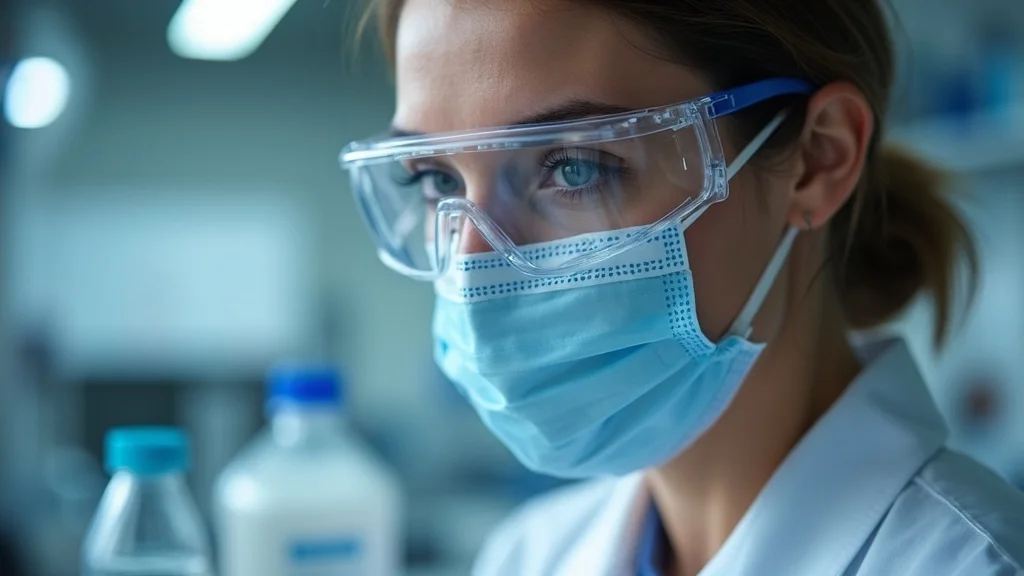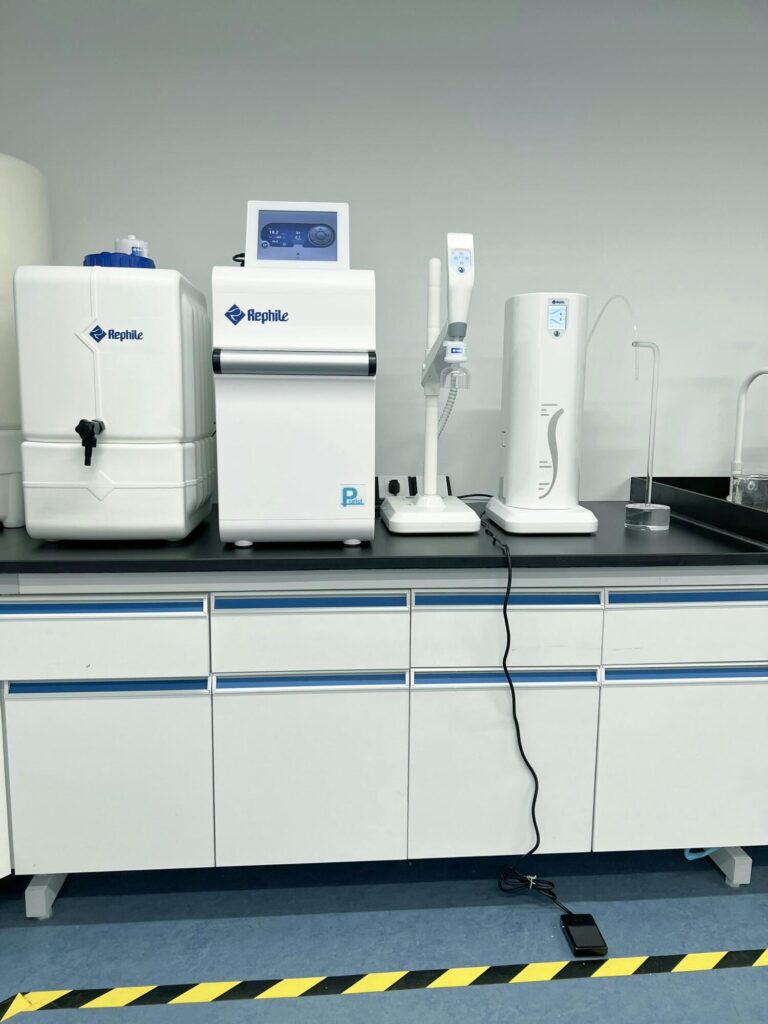In today’s fast-paced scientific world, the success of any lab depends on having the right tools. Essential laboratory equipment ensures experimental accuracy, efficiency, and reliability, instilling confidence in researchers. Without the proper equipment, even the best ideas can face delays, errors, or safety risks.
A well-equipped lab enhances productivity while maintaining safety and organization. It allows scientists to focus on discoveries instead of struggling with outdated or missing tools. Selecting the right equipment transforms a lab into a vibrant hub of innovation and advancement.
Whether you are starting a new lab or upgrading an old one, knowing what equipment to prioritize is key. This guide explores the must-have tools that make every modern lab effective and efficient. Read on to learn how the right equipment can take your lab to the next level.
The Foundation: Basic Laboratory Equipment
Every lab requires a set of basic equipment to get started. This foundation is crucial for facilitating a range of experiments and procedures.
Lab Benches and Workstations
Lab benches and workstations give a safe, dedicated space for experiments. They can be customized to fit the lab’s workflow and equipment needs. A well-organized workstation makes work more efficient and reduces mistakes.
Durable, chemical-resistant surfaces help protect the bench from damage. These surfaces also make cleaning easier. Overall, good workstations support safety and productivity in the lab.
Fume Hoods
Fume hoods are essential for protecting lab workers from harmful fumes, vapors, and dust. They create a controlled airflow to safely remove hazardous substances from the breathing zone.
Using fume hoods reduces the risk of exposure to toxic chemicals and ensures compliance with safety regulations. They are a critical part of any lab handling volatile or dangerous materials, keeping both staff and the workspace safe.
Balances and Scales
Precision balances and scales are important for measuring chemicals and samples accurately. Accurate measurements help avoid errors and ensure experiments can be repeated. High-quality balances can handle both small and large amounts.
They are useful for many lab tasks. Regular calibration keeps them working correctly. Reliable balances make experiments safer and results more trustworthy.
Pipettes and Micropipettes
Pipettes and micropipettes let scientists measure and transfer liquids precisely. Accuracy is important because small errors can affect results. There are different types, including manual and electronic pipettes.
Each type fits different lab tasks and improves efficiency. Regular maintenance keeps them working well. Proper care and calibration reduce mistakes and ensure reliable experiments.
Refrigerators and Freezers
Lab refrigerators and freezers are vital for keeping reagents and samples at stable temperatures. Temperature-sensitive materials, like enzymes and biological samples, require proper storage to remain effective.
These tools keep samples from spoiling and ensure reliable results. Controlled storage protects the integrity of research materials. Without it, experiments and lab success can be affected.
Advanced Essential Laboratory Equipment

Advanced lab tools can greatly improve what a lab can do. They let scientists run more complex experiments safely and get more accurate results. Each tool has a clear purpose, making work easier and more efficient.
Spectrophotometers measure light at different wavelengths for chemical and biological tests. Centrifuges separate materials by density, and autoclaves sterilize equipment to prevent contamination. These tools help ensure experiments are safe and results are reliable.
Incubators provide the right conditions for growing cells and microbes. A biological safety cabinet protects both the samples and the user when working with hazardous materials. Using these advanced tools allows labs to do more experiments accurately and safely, supporting better scientific discoveries.
Lab Safety Equipment: Prioritizing Health and Safety
Safety should always be a top priority in any laboratory environment. Incorporating the right safety equipment is essential to prevent accidents and ensure a secure workspace.
Personal Protective Equipment (PPE)
Lab coats, safety goggles, and gloves protect users from chemical splashes and spills. They are essential for daily lab work to prevent injuries. Using PPE consistently keeps both people and experiments safe.
Fire Extinguishers and Blankets
Fire extinguishers and blankets allow quick action during emergencies. They help control small fires before they cause serious damage. Having them nearby protects both lab personnel and equipment.
First Aid Kits
A well-stocked first aid kit provides immediate care for minor injuries. Quick treatment reduces the chance of complications. Keeping a kit accessible ensures the lab is prepared for accidents.
Emergency Showers and Eyewash Stations
Emergency showers and eyewash stations are vital for chemical exposure. They quickly flush harmful substances from skin and eyes. Using them immediately can prevent serious injuries.
Safety Signage
Clear safety signs highlight hazards and guide proper lab behavior. They help prevent accidents and ensure everyone knows the risks. Proper signage promotes a safe and organized lab environment.
The Role of Quality Assurance in Lab Equipment
Quality assurance is a crucial aspect of laboratory operations. Investing in reliable equipment not only ensures accurate results but also minimizes the risk of errors that can lead to significant setbacks in research projects.
Calibration Tools
Regular calibration keeps equipment working within its set limits. Accurate tools are essential for reliable experimental results. Without proper calibration, data can be misleading or invalid.
Maintenance Protocols
Following a maintenance schedule helps extend the life of lab equipment. It prevents sudden breakdowns that could delay experiments. Consistent care keeps the lab running smoothly and efficiently.
Supplier Certification
Buy equipment from certified suppliers with proven quality standards. This ensures the tools you use are reliable and safe. Trusted suppliers reduce the risk of faulty or substandard equipment.
Documentation and Training
Keep detailed records of equipment use and maintenance. Train lab personnel to use tools correctly and safely. Proper documentation and training improve efficiency and create accountability in the lab.
Equip Your Lab for Success
Choosing the right lab equipment is key for a productive and safe workspace. Every tool, from safety gear to advanced instruments, helps make experiments accurate and efficient. Using quality equipment and following safety rules keeps your lab running smoothly and supports new discoveries.
Setting up or upgrading a lab is the time to match your needs with the right tools. Good choices make work easier and results more reliable. Focusing on essential equipment helps your lab become a center for innovation.
Review your lab setup and get the tools that matter most. A well-equipped lab turns ideas into results. Check out our blog for more tips on building an efficient modern lab.






